A recent study suggests that some form of conscious experience may be present by the time a baby is born—and perhaps even in late pregnancy.
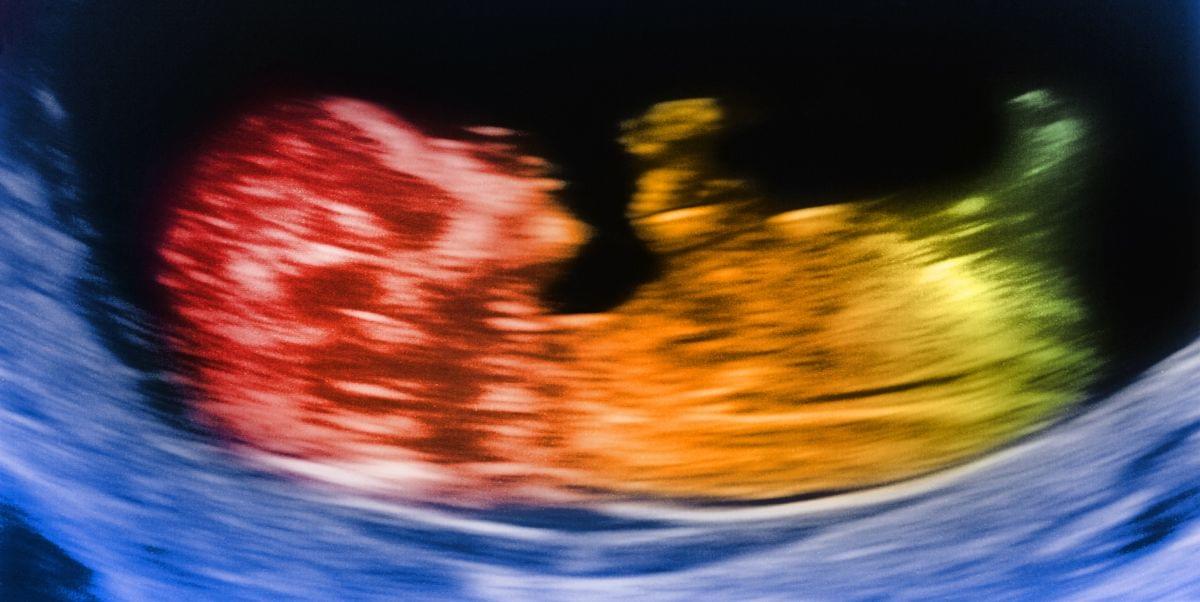

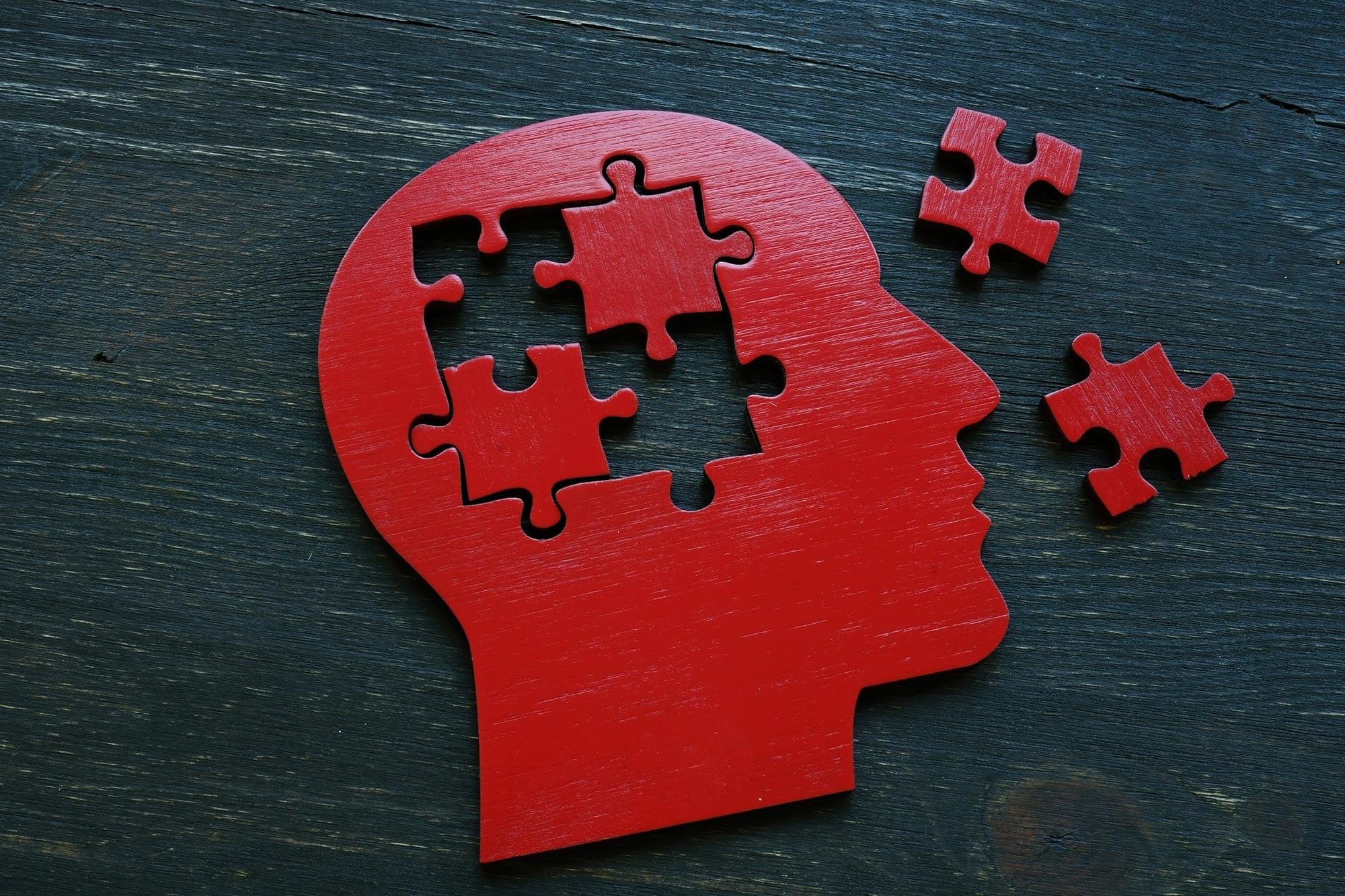
Scientists have identified the 1N4R tau isoform as a key driver of Alzheimer’s.
Alzheimer’s disease is a progressive neurological disorder that primarily affects older adults, leading to memory loss, cognitive decline, and behavioral changes. It is the most common cause of dementia. The disease is characterized by the buildup of amyloid plaques and tau tangles in the brain, which disrupt cell function and communication. There is currently no cure, and treatments focus on managing symptoms and improving quality of life.
NASA’s X-59 has cleared another hurdle with the successful completion of critical engine tests. The trials confirmed that its F414-GE-100 engine, adapted from the F-18 Super Hornet, performs as expected at full power. The aircraft’s design, including its unique top-mounted engine and elongated nose, aims to soften sonic booms to a mere “thump.” As NASA prepares for the first flight, additional tests will ensure the aircraft is ready for safe operation.
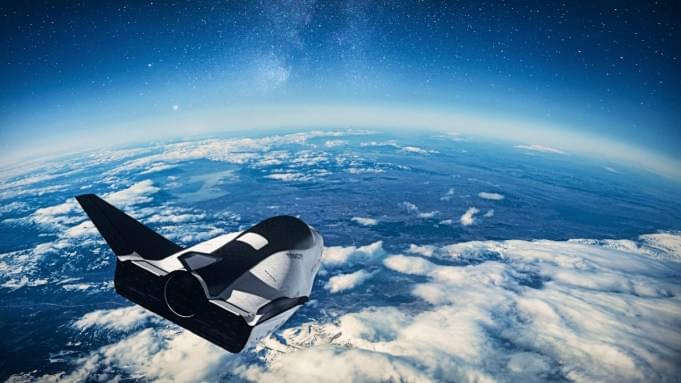
After an initial focus on scientific research, including Sierra’s partnership with Jeff Bezos’s Blue Origins on developing a private space station, the Dream Chaser will be involved in commercial operations by hauling cargo and shuttling scientists and researchers to and from space stations.
Both Sierra Space and Radian also have space-tourism aspirations that go beyond much of what’s currently available, including 11-minute flights by Virgin Galactic and Blue Origin, and longer space-balloon flights by companies like Space Perspective and Zephalto that do not reach Low Earth Orbit. “Passengers will be able to go up and stay in orbit,” says Humphrey, whose company has the most developed passenger plans right now. “We can go around the planet in about 95 minutes, so a typical trip will probably be three laps.”
Visits to one or more of the six space stations currently under development lie ahead as well. “We’re calling it purposeful tourism,” says Angie Wise, Sierra’s chief safety officer and SVP of mission and quality assurance. “You’ll get the experience of going to space, but we’ll also put you to work helping with experiments.”
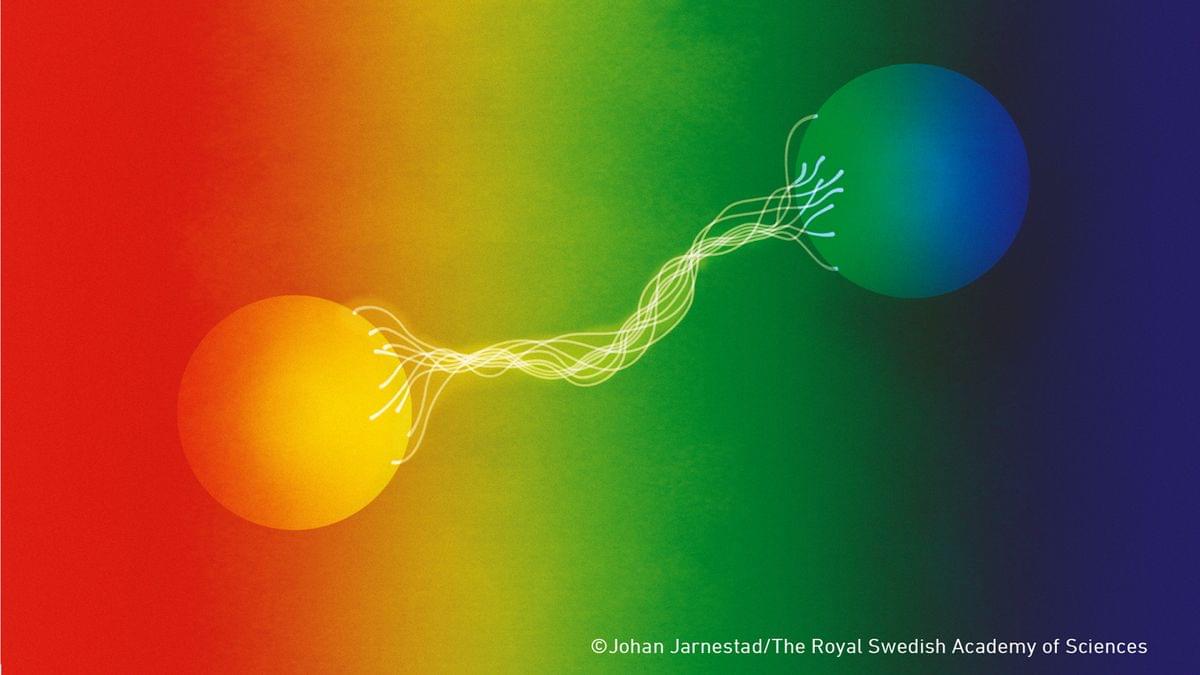
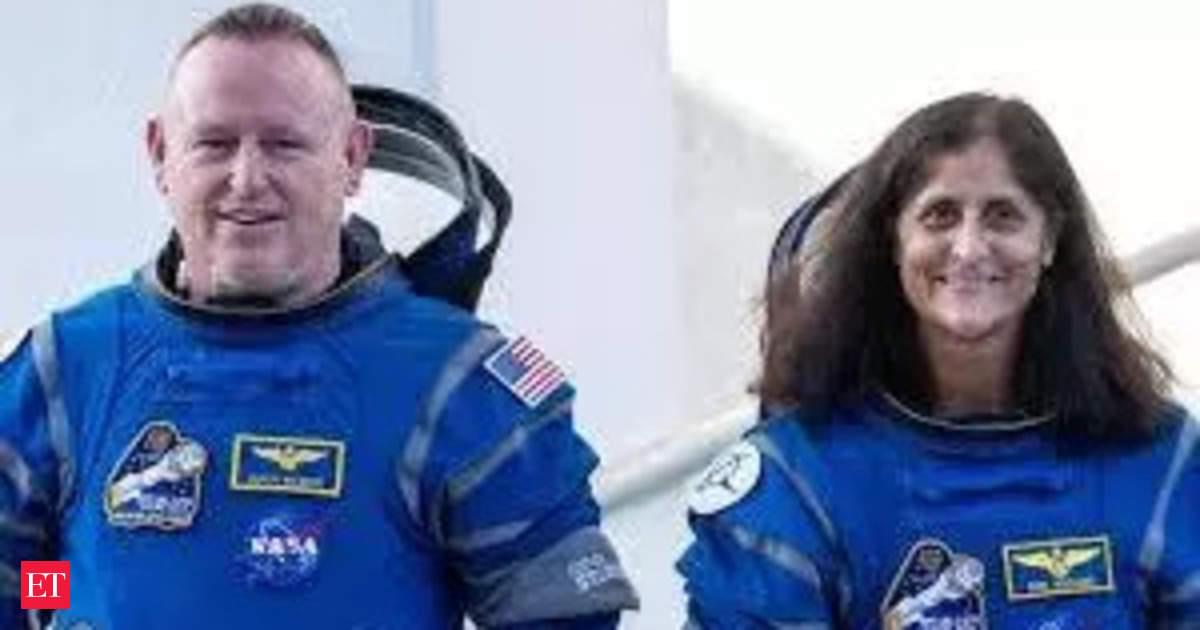
The two astronauts who made Boeing Starliner’s initial crewed flight test in June have now scheduled to return to Earth after their much-awaited return.
NASA astronauts Suni Williams and Butch Wilmore will be leaving the International Space Station (ISS) days after the landing of SpaceX’s next Crew-10 mission.
Crew-10, which has four astronauts on board, will launch next week and will take the place of the Crew-9 team that is currently on the ISS.
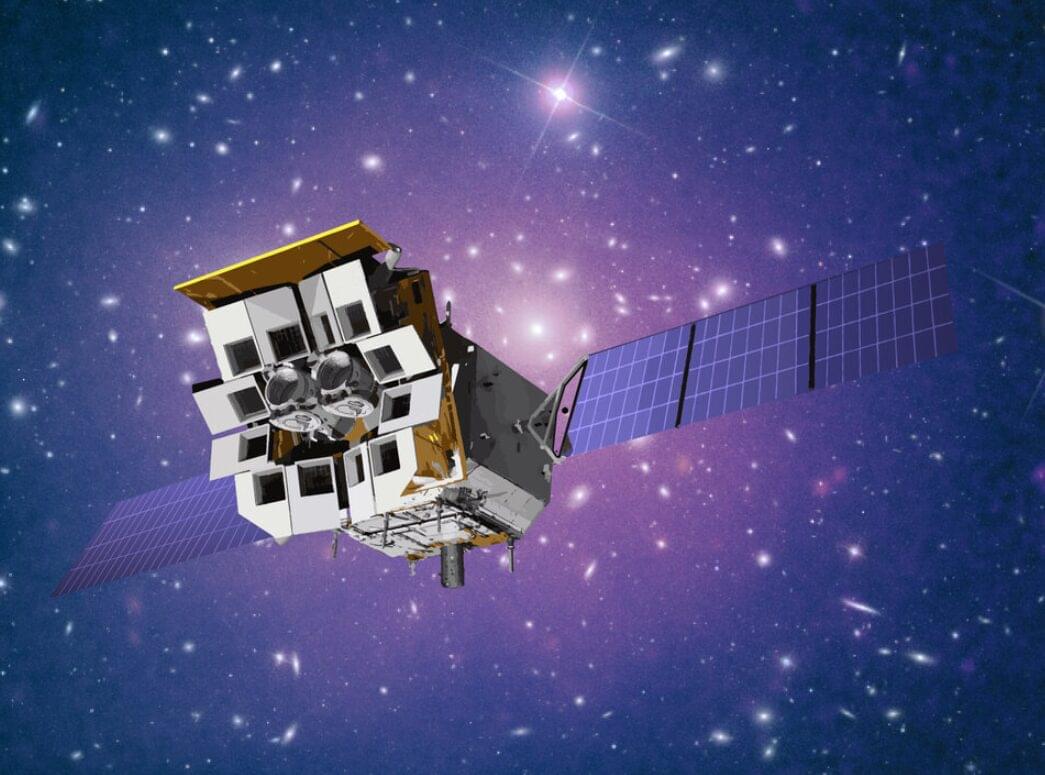
Lobster-eye satellite Einstein Probe captured the X-ray flash from a very elusive celestial pair. The discovery opens a new way to explore how massive stars interact and evolve, confirming the unique power of the mission to uncover fleeting X-ray sources in the sky.
The odd celestial couple consists of a big, hot star, more than 10 times larger than our Sun, and a small compact white dwarf, with a mass similar to our star. Only a handful of these systems have been found so far. And this the first time scientists could track the X-ray light coming from such a curious pair from its initial sudden flare-up to its fading away.
On 27 May 2024, the Wide-field X-ray Telescope (WXT) on Einstein Probe spotted X-rays coming from within our neighbour galaxy, the Small Magellanic Cloud (SMC). To uncover the origin of this new celestial beacon, labelled EP J0052, scientists pointed Einstein Probes’s Follow-up X-ray Telescope in that direction.

In the fall, the clocks “fall back” one hour at 2:00 a.m., instantly becoming 1:00 a.m.
This week, we will lose an hour on Sunday March 9. We will gain an hour on Sunday November 2.
Daylight-saving time was originally concocted as a way to save energy in the evenings, and was implemented during World War I in Germany.
I predict most of humanity will be living in space habitats by the end of century and the beginning of the 22nd century O’Neil colonies and generation ships will be built out of hollowed out asteroids and it will be like james blish cities in space and George zebrowskis macrolife the colonizing of the galaxy.
Download : https://mega.nz/folder/IRoWHJ6K#8MecdlB3gMRMt3yKoSKFQQ
Video made with FL Studio ZGameEditor Visualizer plugin.
All the songs and samples used in the video belong to their respective owners and I don’t claim any right over them.
Check out a variety of courses on your favorite subjects on Brilliant! First 30 days are free and 20% off the annual premium subscription when you use our link ➜ https://brilliant.org/sabine.
Why time passes is one of the biggest mysteries in physics, as the fundamental laws of nature don’t reflect a difference between moving forward and backward in time. In a new paper, researchers have shown that time might actually be able to run in two directions, meaning we might have a twin universe where time runs opposite our universe’s. Let’s take a look.
Paper: https://www.nature.com/articles/s4159… video comes with a quiz which you can take here: https://quizwithit.com/start_thequiz/.… 🤓 Check out my new quiz app ➜ http://quizwithit.com/ 💌 Support me on Donorbox ➜ https://donorbox.org/swtg 📝 Transcripts and written news on Substack ➜ https://sciencewtg.substack.com/ 👉 Transcript with links to references on Patreon ➜ / sabine 📩 Free weekly science newsletter ➜ https://sabinehossenfelder.com/newsle… 👂 Audio only podcast ➜ https://open.spotify.com/show/0MkNfXl… 🔗 Join this channel to get access to perks ➜
/ @sabinehossenfelder 🖼️ On instagram ➜
/ sciencewtg #science #sciencenews #physics.
This video comes with a quiz which you can take here: https://quizwithit.com/start_thequiz/.…
🤓 Check out my new quiz app ➜ http://quizwithit.com/
💌 Support me on Donorbox ➜ https://donorbox.org/swtg.
📝 Transcripts and written news on Substack ➜ https://sciencewtg.substack.com/
👉 Transcript with links to references on Patreon ➜ / sabine.
📩 Free weekly science newsletter ➜ https://sabinehossenfelder.com/newsle…
👂 Audio only podcast ➜ https://open.spotify.com/show/0MkNfXl…
🔗 Join this channel to get access to perks ➜
/ @sabinehossenfelder.
🖼️ On instagram ➜ / sciencewtg.
#science #sciencenews #physics